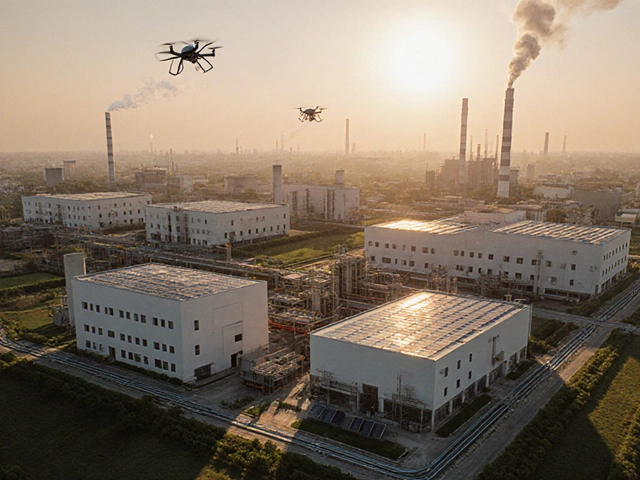Chemical Manufacturing Regulations in India: What You Need to Know
If you run or plan to start a chemical plant, the law isn’t optional – it’s the backbone of safe, profitable operations. Ignoring regulations can shut down a unit, bring hefty fines, or even cause accidents that hurt people and the environment. Below is a straight‑to‑the‑point rundown of the most important rules and how to keep your business on the right side of the law.
Key Laws You Can’t Ignore
First up, the Environmental Impact Assessment (EIA) Notification. Before you break ground, the Ministry of Environment must sign off that your project won’t damage air, water, or soil beyond acceptable limits. Next, the Hazardous Waste Management Rules, 2016 demand a clear system for segregation, storage, and treatment of toxic waste. No proper labeling or third‑party disposal contracts, and you’ll face penalties.
The Factories Act, 1948 still applies to chemical units, covering worker safety, working hours, and medical facilities. Pair that with the Industrial Safety (Chemical Hazard) Rules, 1995, which forces you to maintain safety data sheets, install emergency showers, and train staff on handling specific chemicals. Finally, the Central Pollution Control Board (CPCB) guidelines set emission limits for gases like SO₂, NOₓ, and VOCs – you’ll need continuous monitoring equipment to stay compliant.
Practical Steps to Stay Compliant
Start by securing the right licences. Apply for a Consent to Establish (CTE) and a Consent to Operate (CTO) from the state pollution board. Both require detailed process flow diagrams, waste‑water treatment plans, and proof of financial capacity to handle emergencies.
Appoint a qualified Safety Officer who holds a recognized certification (e.g., NEBOSH or IOSH). This person will conduct daily safety checks, oversee training, and keep all safety registers up to date. Speaking of training, run a short refresher every quarter – cover PPE usage, spill response, and first‑aid procedures. Keep a log of every session; auditors love paper trails.
Invest in a reliable environmental monitoring system. Real‑time sensors for air and water pollutants not only help you stay within limits but also generate the data needed for monthly compliance reports. Store these reports digitally for at least three years, as the CPCB can request them anytime.
Prepare an Emergency Response Plan. Map out evacuation routes, designate assembly points, and list contact numbers for local fire services and medical facilities. Conduct a mock drill at least twice a year and record the outcomes. This shows regulators that you’re proactive, not reactive.
Finally, schedule an annual internal audit. Use a checklist covering licences, waste handling, emission levels, staff training, and equipment maintenance. Fix any gaps before the external audit rolls around – it’s cheaper to correct yourself than to pay a fine.
Quick compliance checklist:
- Obtain CTE and CTO licences.
- Maintain up‑to‑date safety data sheets for every chemical.
- Install continuous emission monitoring systems.
- Run quarterly safety training and keep attendance logs.
- Perform semi‑annual emergency drills and update the response plan.
Follow these steps, and you’ll keep your plant running smoothly, avoid legal hiccups, and protect both people and the planet.
Banned Chemicals in India: What You Need to Know in 2025
Get updated facts on which chemicals are banned in India, why they're restricted, and what it means for public health, industry, and daily life. Learn the latest rules and risks.
Read More




